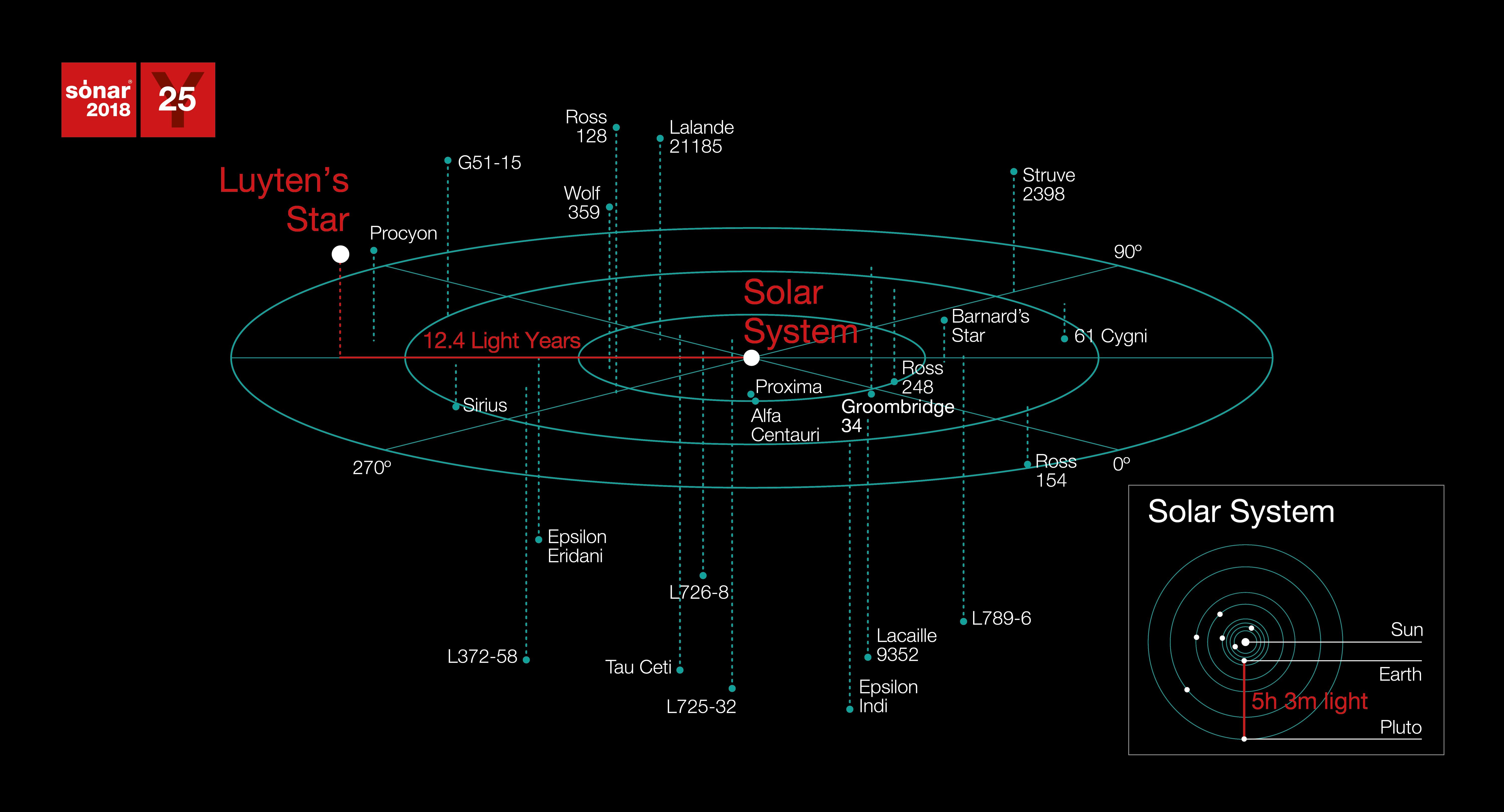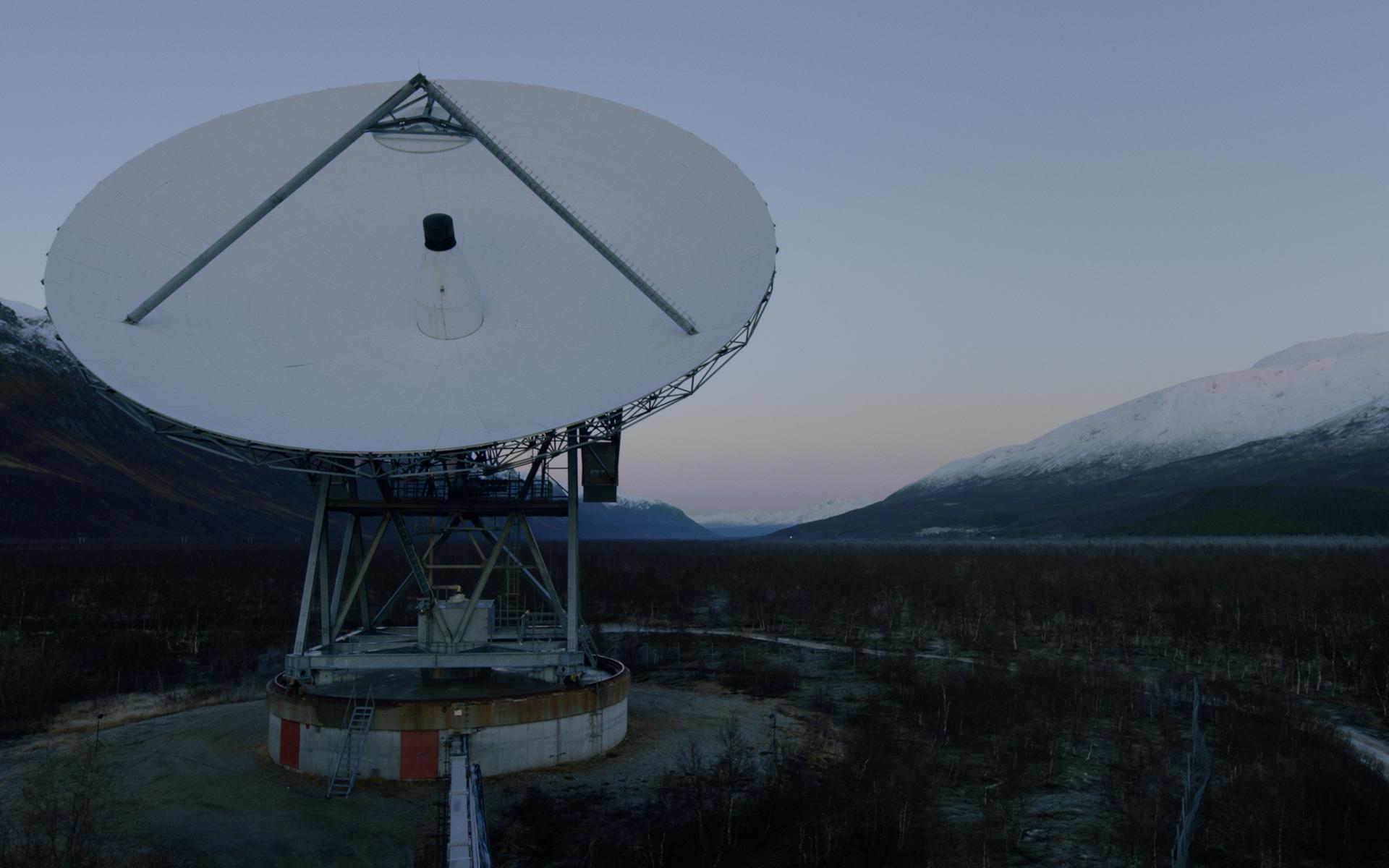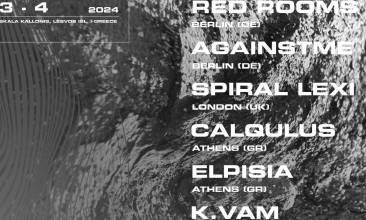Sónar sending music parts out in space
Sónar celebrates 25 years of the festival by contacting intelligent extraterrestial life.
After 25 years scanning the planet for the most advanced sounds and ideas on earth, Sónar festival has now turned its antennas towards space, by sending music beyond the limits of our solar system in an attempt to communicate with extraterrestrial intelligence.
“Sónar Calling GJ273b” is the first radio message ever to be sent to a nearby potentially habitable exoplanet. The message includes 33 music pieces of 10 seconds each, commissioned exclusively for Sónar from artists who encapsulate Sónar's exploratory approach to music over its quarter century of existence. Any possible response could arrive in 25 years time, coinciding with Sónar's 50th anniversary.
Luyten’s Star was chosen as the target because it is the closest star with a known potentially habitable exoplanet that is visible from the Northern Emisphere. The first transmissions were sent on October 16th, 17th and 18th from the EISCAT (European Incoherent SCATter Scientific Association) antenna located in Tromsø (Norway). A second batch of transmissions is scheduled for April 2018.
Autechre, Richie Hawtin, Carsten Nicolai, Modeselektor, Laurent Garnier, Holly Herndon, Matmos, Jean Michel Jarre, Nina Kraviz, The Black Madonna, Kate Tempest, Kode 9, Laurel Halo and Daito Manabe are among the artists participating in the initiative. All of the artist's music, along with their messages and all the information relating to the project are available online at www.sonarcalling.com. The official hashtags are #sonarcalling #GJ273b #sonar2018 #sonar25
Faced with the unique challenge of communicating with a possible alien intelligence, the participating artists have come up with very distinct and imaginative responses. These range from the poetic to the mathematical - music composed according to mathematical tenets devised to be easily decoded - to the political; both in terms of presenting how humans are as a species and in providing a critique on how we are destroying the planet. Some examples: Carsten Nicolai has sent a recording of his unborn daughter’s heartbeat; a composition by Autechre created from the first 449 prime numbers; BFlecha takes inspiration from the cycles of the earths' distinct ecosystems and the elements of life on earth; Jean-Michel Jarre contributes one of his best known works in a nod to "Close Encounters of the Third Kind"; The Black Madonna references the modern music industry with an ironic take on how to make a hit record; Nina Kraviz aims for peace with a rumination on the dual meanings of the Russian word ‘Mir’ (Peace, and World) while Laurel Halo presents a poetic lament that doubles as a cry for help - Please Save Us!
Sónar has launched the “Sónar Calling GJ273b” initiative in collaboration with the Institute of Space Studies of Catalonia (IEEC), a research institute that studies all aspects related to space and space sciences and METI International, a research organization dedicated to Messaging Extraterrestrial Intelligence. Together we have sent for the first time powerful, intentional signals to a nearby target with the potential to harbor life, Luyten’s Star b, an exoplanet also known as GJ273b located 12.4 light-years from Earth (over 70 trillion miles).
A quote of the Sónar directors Enric Palau, Sergio Caballero and Ricard Robles:
"Sonar Calling GJ273b arises from the innate human Need to communicate and connect. It also attempts to find an answer to a question asked by civilisations throughout history - Are we alone in the universe? At Sónar, we hope we aren’t. Furthermore, given the largely negative impact of humanity on our planet, perhaps this is the best time to reach out to - hopefully superior - extraterrestrial intelligence to solicit help and advice on what we can do to change things. At a time of global conflict and seemingly insurmountable challenges, Sónar Calling is an attempt to rekindle a sense of global consciousness an a shared reflection on our collective present, that we hope will lead to new ideas and new partners. Yes, even alien ones."
"We are witnessing an exponential increase in our knowledge of planetary systems in the universe and we now know some 10 exoplanets that could be suitable to host life. Of course, we have no clue whether life has thrived on the surface of those planets and if such lifeforms have developed intelligence. But we at IEEC are excited to participate in the experiment of sending an intentional message to the nearby habitable planet GJ273b and wait for a response. If that happened in 25 year's time, it would certainly be mind-boggling." commented Ignasi Ribas, director of the Institute of Space Studies of Catalonia (IEEC).
“METI is delighted to partner with Sónar for our first transmissions. Sónar is a world leader in exploring the interface of creativity and technology, complementing METI’s emphasis on the science of interstellar communication,” said Douglas Vakoch, president of the Messaging to ExtraTerrestrial Intelligence organization (METI).
THE DESTINATION: LUYTEN’S STAR B
Luyten's Star is in the constellation Canis Minoris, at a distance of 12.4 light years from us. It is a cool red dwarf star, with a temperature of about 3000ºC (compared to 5500ºC of the Sun) and a mass one third that of the Sun. The star, which cannot be seen without a telescope, was named after a Dutch-American astronomer, Willem Jacob Luyten, who measured its motion across the sky.
The discovery of two exoplanets around this star was announced in early 2017. One of them, named Luyten’s Star b or GJ273b, has a mass about three times larger than Earth and is located in the habitable zone of the star, although it is probably somewhat warmer than our planet. Its year lasts about 19 of our days.
It’s not known if Luyten’s Star b does indeed have liquid water, nor if it has retained an atmosphere. But at the moment there is no reason to think that it is not habitable. If it were, it would be a world with oceans like ours with a sky lit by a star apparently larger than the sun and shining with a reddish light.
THE TRANSMISSIONS
The first transmissions were sent on the eve of Sónar's 25th anniversary, from the EISCAT antenna in Tromsø, Norway on October 16, 17, and 18, 2017.
Sónar Calling’s message was transmitted on three successive days, providing an opportunity for possible “astronomers” from out of space observing Earth from Luyten’s Star to confirm that the signal is from another civilization.
The first message contained a mathematical and scientific tutorial created by METI (Messaging to Extra-Terrestrial Intelligence) that starts with basic principles and builds up, step by step, to more complex concepts. The message describes key characteristics of electromagnetic waves by “pointing” to the frequency and duration of the radio waves themselves. By making a direct link between the form of the radio signal and scientific content that is encoded, additional clues are provided to help any extraterrestrials interpret the message accurately. Unlike past radio messages that relied on pictures, METI’s tutorial is designed to be understandable by extraterrestrials in a mathematical and conceptual way.
The tutorial was sent in binary code at two frequencies near 930 MHz, using the 32-meter, fully steerable parabolic antenna of the EISCAT, which has a peak power of 1.5 MW. The tutorial was sent three continuously times on each of three days at a speed of 62.5 to 500 bits per second, followed by the musical pieces that have been sent at to 500 bits per second for a total transmission time of 2.5 hours. By repeating the message each day, possible extraterrestrial recipients will be able to correct errors that occur as the messages travel over 70 trillion miles between Earth and Luyten’s Star.
In April 2018, during the second phase of “Sónar Calling GJ273b”, we will send an expanded tutorial to the same star. It is expected that this follow-up transmission will turn the EISCAT antenna into a musical instrument, transmitting pulses at several different frequencies, mimicking the tones of a musical scale. By sending basic melodies at multiple radio frequencies, Sónar Calling will expand the METI tutorial to describe the physics and psychology of music perception. This second round of transmissions will end with a clock time marking the date that humanity will be listening for a reply 25 years from now.
THE PARTNERS
The IEEC (Institute of Space Studies of Catalonia) is the Catalan research institute that studies all areas of space and space sciences, including Earth as a planet, the Solar System, exoplanets, stellar physics, physics of astroparticles, and cosmology. The IEEC carries out projects for the discovery of habitable planets, supports the search for extraterrestrial intelligence (SETI, SETI @ home and BOINC) for more than a decade, and hosts the web SETI.cat.
METI is a nonprofit, 501(c)3 organization based in San Francisco, which was founded in 2015. In addition to transmitting intentional signals to other star systems, METI supports the development of a global network of optical SETI observatories, and it advances basic research in astrobiology.














